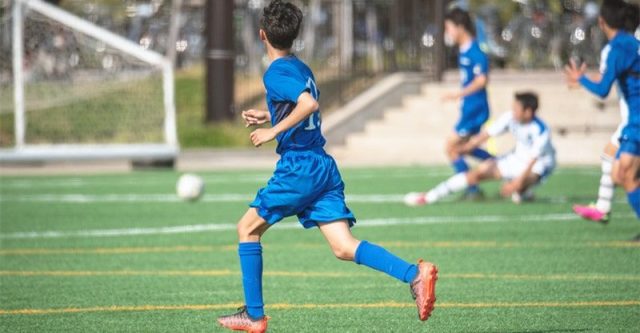Why Ground Games Matter for Students
Nothing beats the joy of happy smiles and high-fives! Ground games bring out the best in students, helping them grow in ways screens never can. In today’s digital world, students spend more time glued to devices than being active, which can harm their health and fitness.
High school sports deserve as much importance as academic subjects. They boost positivity, energy, and overall well-being. A student’s life shouldn’t be limited to classroom desks—physical activity is just as crucial for mental and physical health.
If you’re a coach looking to spark students’ interest in sports, you’re in the right place. Below are seven simple strategies to get students excited and engaged in ground games.
7 Ways to Boost Student Participation in Sports
1. Include Everyone
- Sports should be open to all students, not just athletes.
- Peer influence is strong at this age—equal opportunities encourage more participation.
- The more students join, the more fun and competitive the games become.
2. Promote Healthy Competition
- Sports improve both physical and mental health by reducing stress.
- Encourage positive feedback and focus on growth, not just winning.
- Teach students to handle challenges and learn from mistakes in a supportive environment.
3. Add Fun to Classroom Time
- Break up academic sessions with quick physical or mental games.
- Simple activities encourage even shy students to participate.
- Use these moments to promote fitness and teamwork.
4. Organize Sports Tours
- Trips outside school expose students to new experiences and competition.
- New environments, team spirit, and even custom jerseys can inspire them.
- Seeing different games and tournaments can spark new interests.
5. Make Sports Fun
- Include lighthearted games like sack races or relay challenges.
- Host annual sports festivals to build excitement and teamwork.
- Fun activities create a love for sports and healthy competition.
6. Educate on Benefits
- Students need to know why sports matter.
- Hold sessions on how physical activity improves focus, mood, and health.
- Breaking the “all-study, no-play” mindset increases long-term participation.
7. Plan Thoughtfully
- Create a balanced schedule that fits students’ skills and interests.
- Mix indoor (e.g., tennis) and outdoor (e.g., football) options.
- Ensure all students have access to gear and apparel—no one should feel left out.
Final Thoughts
With these strategies, you can inspire more students to embrace sports. A little encouragement goes a long way in helping them discover their potential—both on the field and in the classroom. Building a strong sports program takes effort, but the rewards are worth it.






























